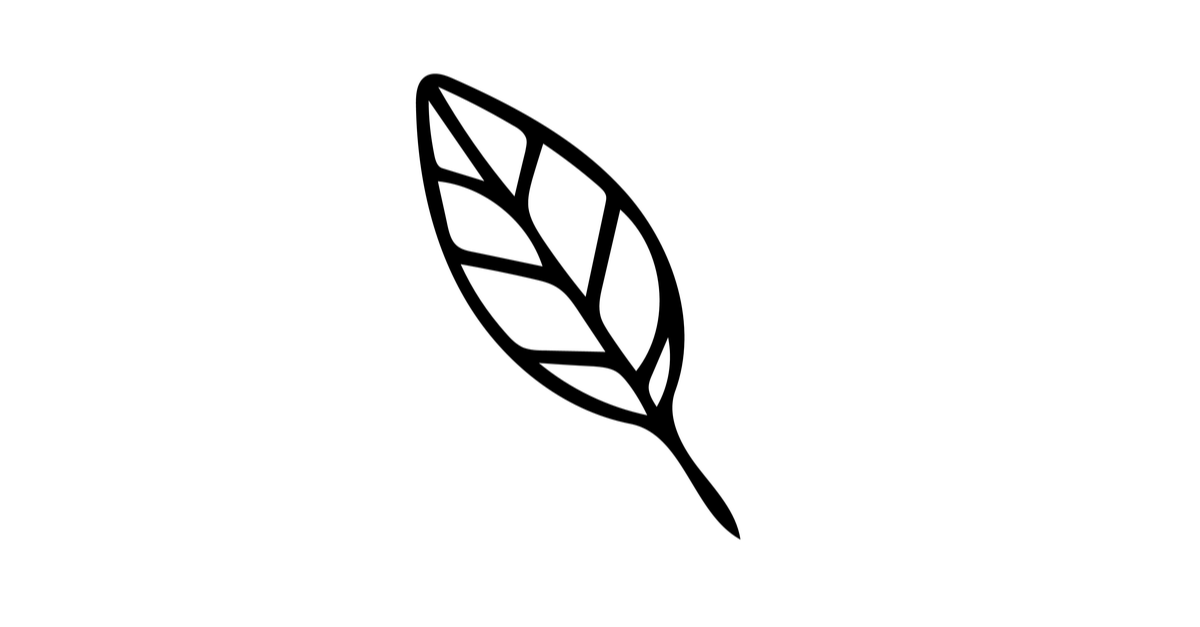Are VCs in the railroad business?

"the railroad industry did not decline because the need for passenger and freight transportation declined. That need actually grew, but cars, trucks, airplanes, and even telephones stepped in to handle that job nicely. The railroads were in trouble, [HBS Professor Ted] Levitt wrote back in 1960, 'because they assumed themselves to be in the railroad business rather than in the transportation business.'"
- Clay Christensen & Taddy Hall, Competing Against Luck, p168
I have written before about business model innovation. The quote above succinctly guides an entrepreneur to ways of discovering an opening in the market. Where does a shift in the market and technology to open up a better way of solving customers' challenges?
I'm thinking a lot these days about capital markets for new businesses. The insight that first led to CircleUp was entrepreneurs and investors have a hard time finding each other, particularly outside of narrowly defined VC / angel investment categories. And, even when connected, not all entrepreneurs want to be put on the 'grow and sell' treadmill mandated by most VC fund. I believe that remains true today.
What if VCs and angel investors find themselves not in the the 'capital to scale the company rapidly then sell for liquidity' market, but in fact are in the 'risk capital that provides founders flexibility to balance profit, purpose and legacy as the company grows?' market?
Capital markets need to provide investors sufficient risk adjusted returns. I am not challenging that notion. But, perhaps the legacy of 2/20 high risk / high return portfolios as the model of capital delivery to entrepreneurs will go the way of the railroad - continue to exist, but not try to be the complete solution for all types of companies and founders.
Why might the moment be right for new models of capital delivery for innovation? My long form answer is here. The synopsis is - better data and better information flow reduces costs to provide capital and develop new models.
What might these models look like? That's what I'd like to work on more, and welcome any and all collaborators in this journey.
